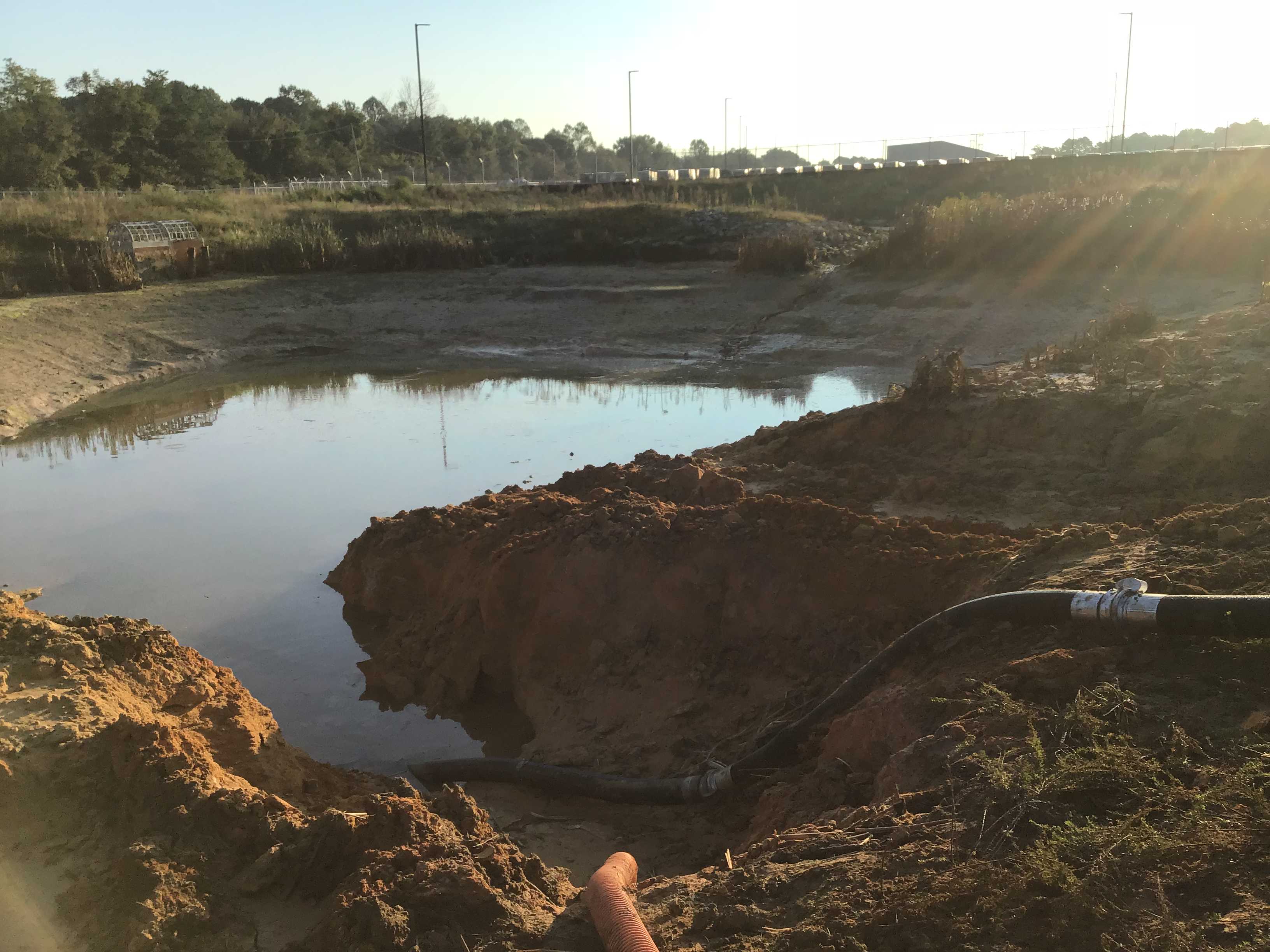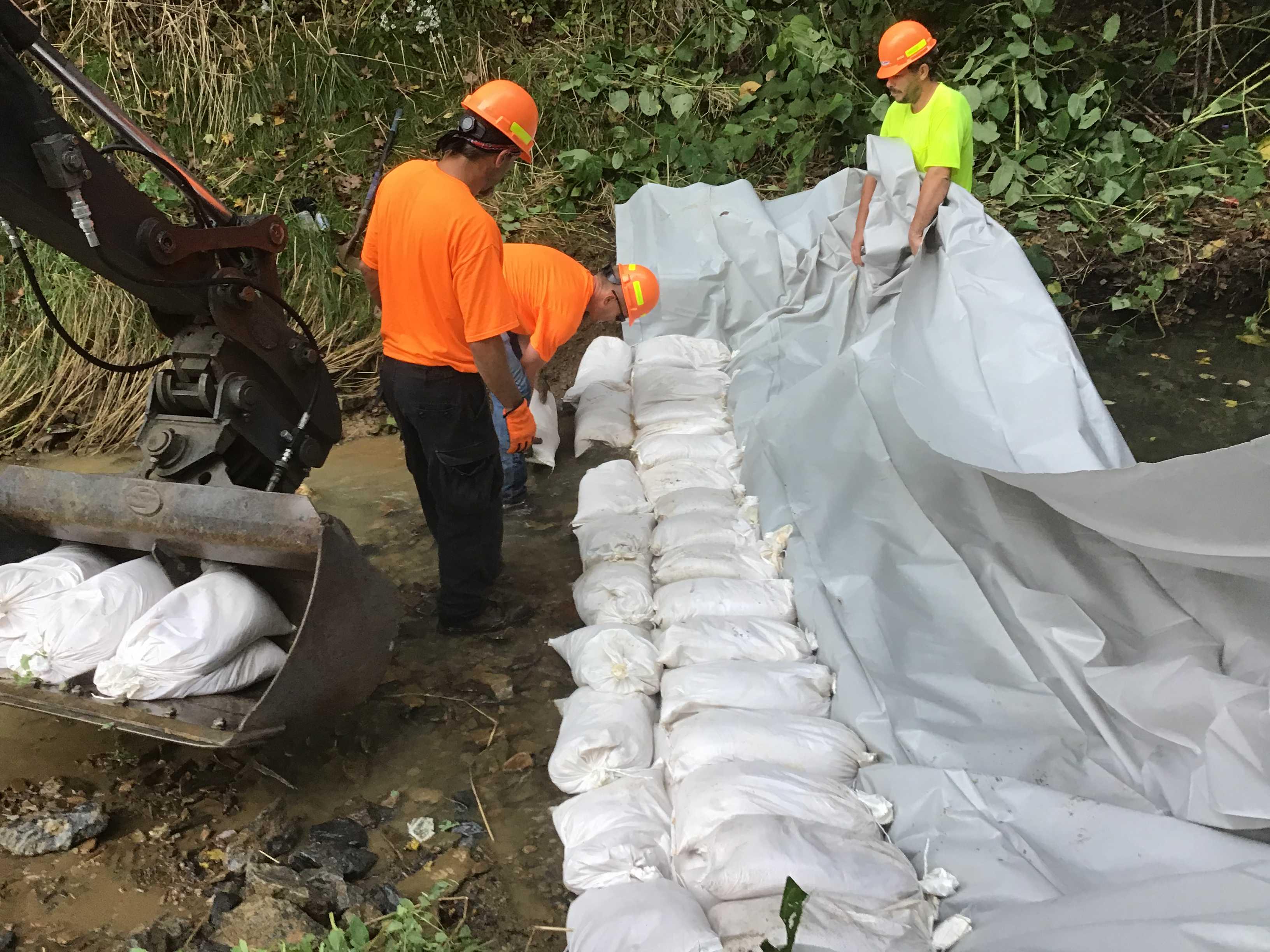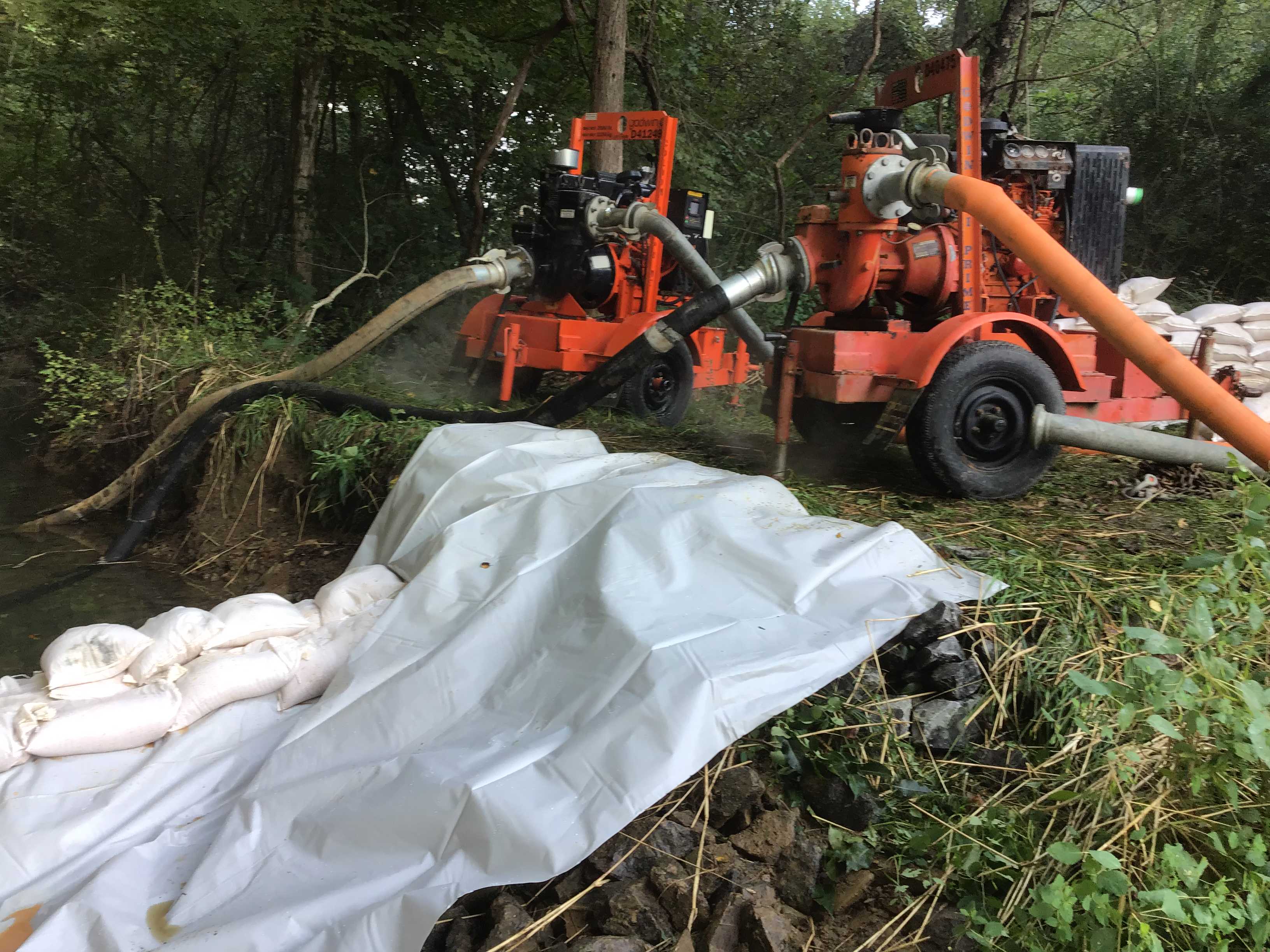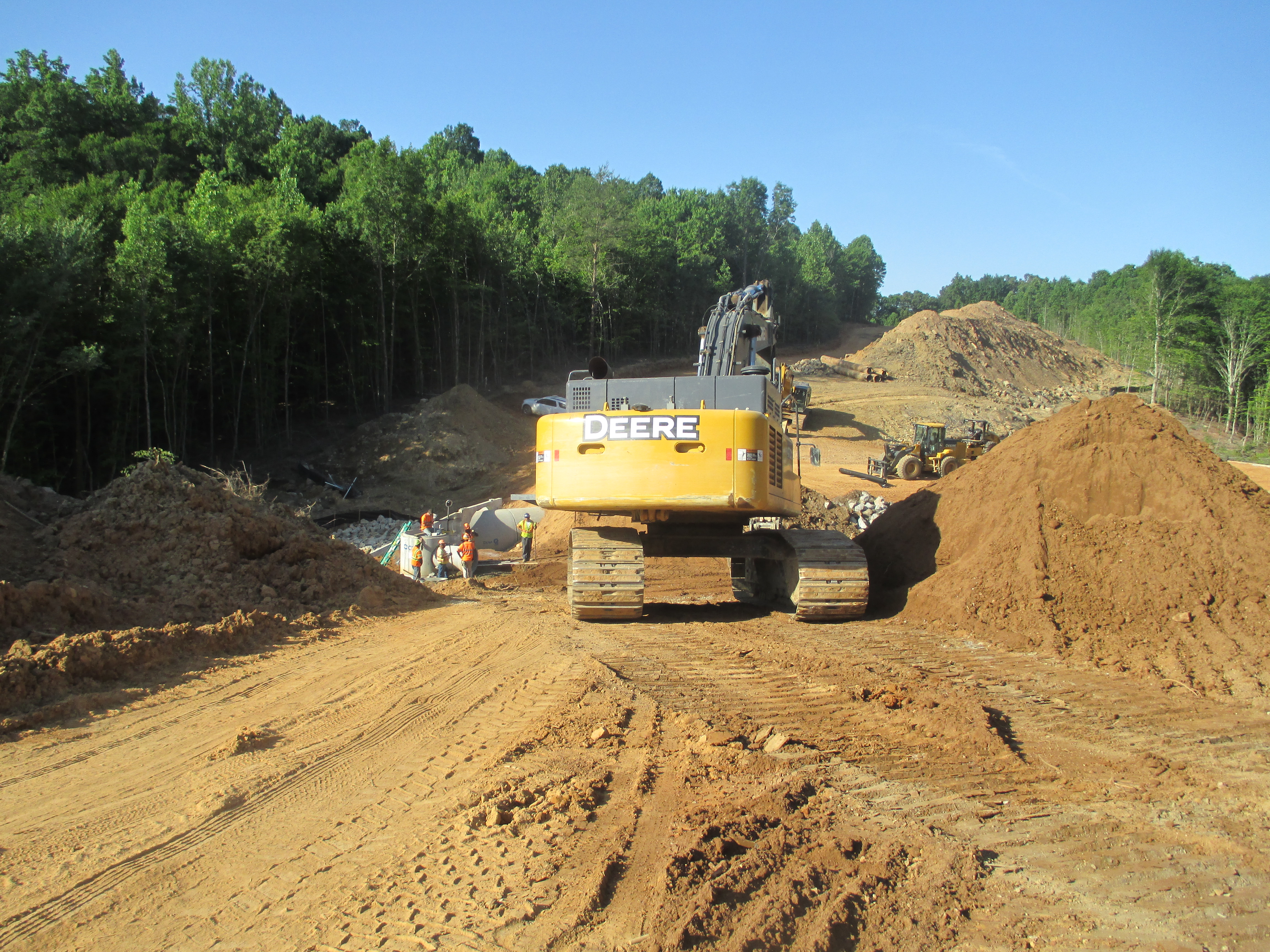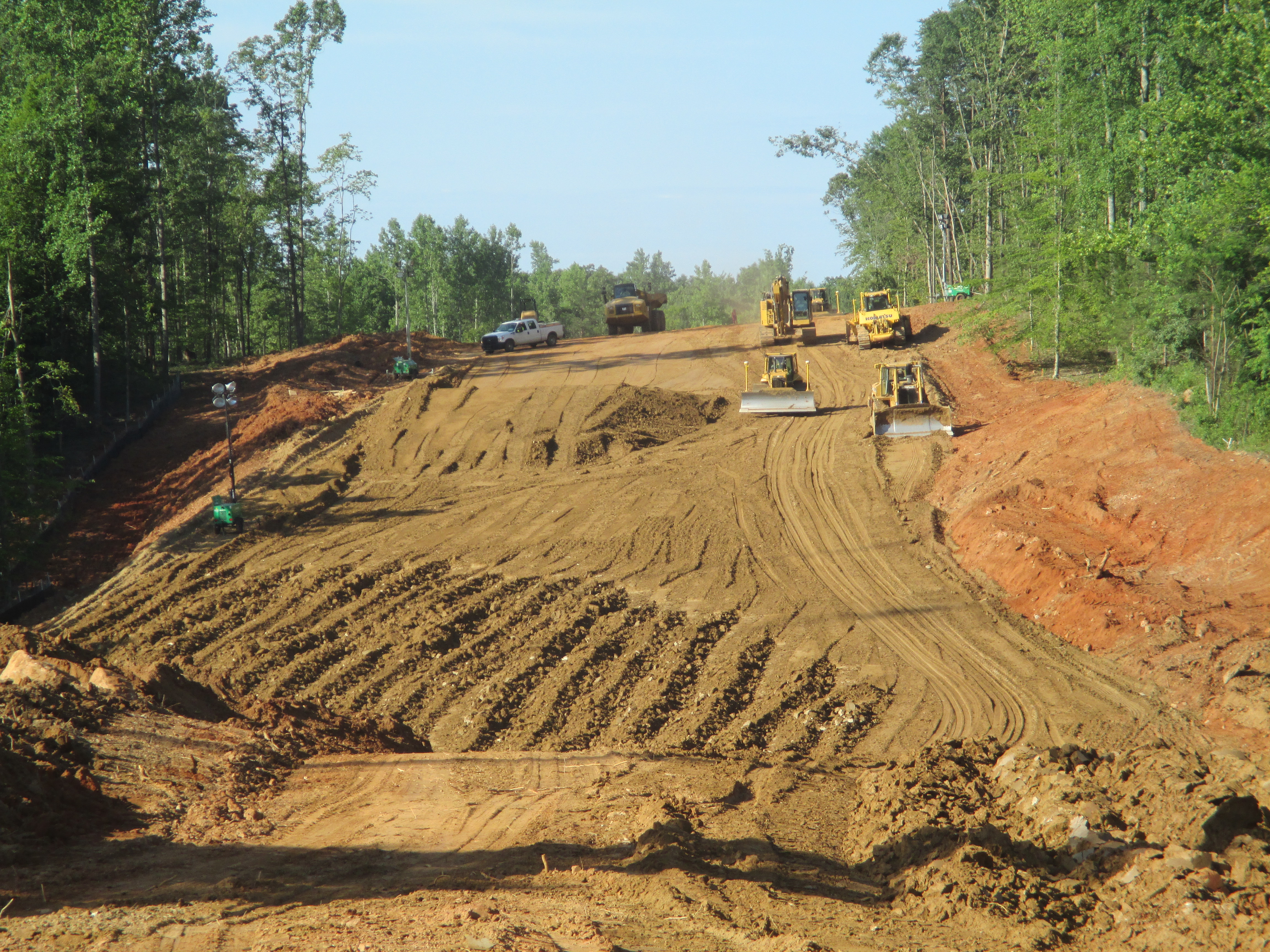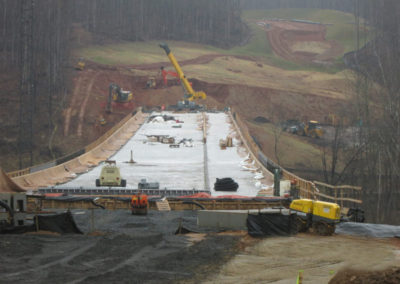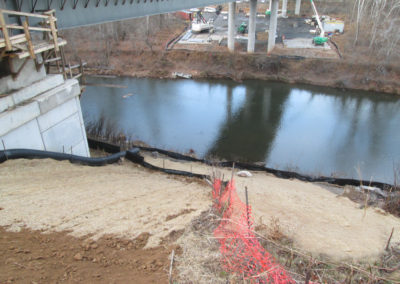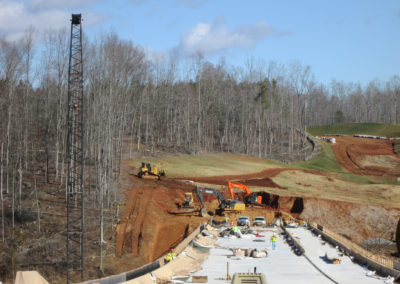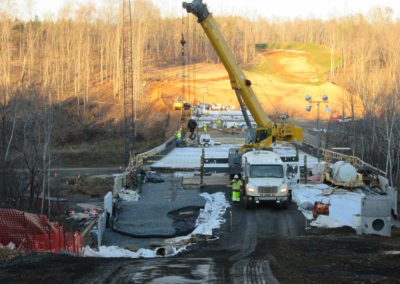Stormwater Management
Traditional & Low-Impact Systems & Underground StructuresDifferent Types of Stormwater Management Systems:
Conventional drainage or stormwater management system is a simple porous surfaces that allows moisture to soak into the soil such as a culverts, gutters, or a conventional piped drainage systems which diverts water away from a site.
Low-Impact system most commonly used in residential applications which disperses it uniformly across the site by using rain gardens, vegetation designed to capture and soak the rain, porous pavers and rain barrels. These features are low-cost and increase property values.
Detention/Retention system withholds the stormwater involving the use of vaults, chambers and pipes to temporarily store runoff. These structures often have open bottoms or perforations, some underground especially in urban areas without requiring dedicated land area, allowing the excess water to be released slowly over time.
Bio-retention system consists of a soil bed planted with suitable non-invasive (preferably native) vegetation. Stormwater runoff entering the bioretention system is designed to store and filter the water through the soil planting bed over a period of about 72 hours before being either conveyed downstream by an underdrain system or infiltrated into the existing subsoil below the soil bed.
Sediment Basins or Ponds are built during construction to control run off. Grass stabilizes basin slopes and filters sediments. Retention systems are closed systems, constructed so that storm water does not reach natural water bodies.
What is Stormwater Management and Why Is It Important to You?
Click here to find out more
When stormwater is absorbed into the soil, it is filtered into streams and rivers. when heavy rainwater hits saturated ground the excess runs across the surface and into storm sewers and road ditches. This water often carries debris, chemicals, bacteria, eroded soil, and other pollutants, and carries them into streams, rivers, lakes, or wetlands.
In developed areas, impervious surfaces such as pavement and roofs prevent precipitation from naturally soaking into the ground. Instead, water runs rapidly into storm drains, sewer systems and drainage ditches and can cause flooding, erosion, turbidity, storm and sanitary sewer system overflow, and ultimately infrastructure damage.
Stormwater management is the effort to reduce runoff of rainwater into streets, lawns and other sites and the improvement of water quality, according to the Environmental Protection Agency (EPA). Detaining stormwater and removing pollutants is the primary purpose of stormwater management.
Stormwater management is becoming ever more complex as regulations get more strict. It’s no longer enough to simply move water away from a site — we are now often required to retain and treat it. Traditional methods and BMP’s simply aren’t enough. To succeed in this rapidly changing environment, you need use a well-informed and experienced contractor to help you navigate the complexities of local, state and federal regulations.


